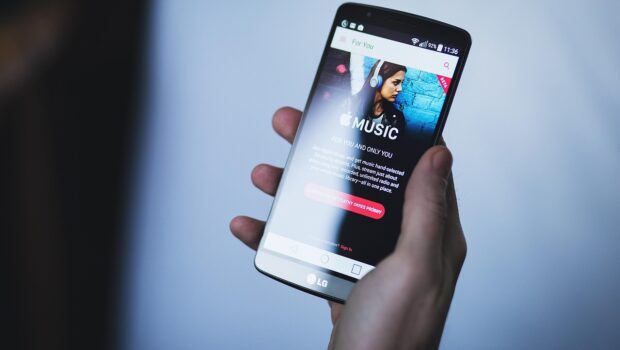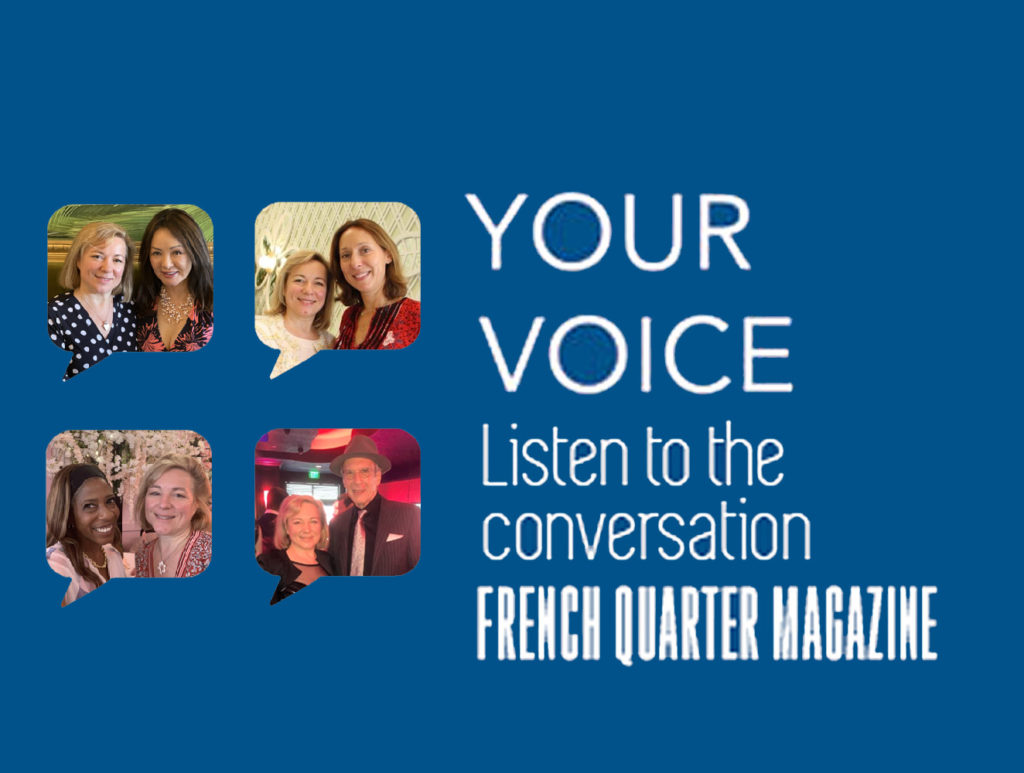Top 3 Music Streaming Service – Finding out, who is better
The morning of a modern person is much different from the morning of a person, for example at least 10 years ago. While we used to wake up and turn on the TV first thing to make it easier to wake up to our favorite morning show in the background, now it’s hard to imagine a morning without two things – coffee and a favorite wake-up playlist. Or a podcast. Or a concert recording. There are tons of options, and it’s also convenient that you can carry a mobile device with you and always hear the sound well without excessive volume (unlike TV). Why are we doing this? It’s simple – we wanted to say that music streaming service are so tightly integrated into our lives that most people fall asleep and wake up with them. After all, with their advent, listening to music has moved to a whole new level of convenience. It’s not even just convenience: it’s quality, it’s mood, it’s immersion in the world of music.
Today, the music streaming service niche is literally boiling with competition, so we will not cover all the existing services, but will consider three giants of this industry – Spotify, Apple Music and Amazon Music. Each of them is good in its own way, they all have strengths and weaknesses, and despite their seeming similarity, each of them has its own slightly narrower focus than we think.
Popularity
General recognizability
Let’s start with the obvious – how much streaming has become a “brand” and how well it is recognized. Spotify has long been synonymous with streaming in the music world. Yes and in general when you hear the word streaming the first 3 associations are Twitch, Netflix and Spotify. Clearly in the lead. Almost everyone who is used to listening to music in headphones, in the car, at home or anywhere but with the help of the Internet has at least once heard about Spotify and most likely used it. Its green logo with three stripes has become a business card, which many people are already trying to copy in order to at least be similar in appearance, because the company’s algorithms for selecting music based on your preferences seem to be something incredible or even magical.
Apple Music was not even considered a newcomer when it entered the streaming market. Of course, such a veteran with the luggage of iTunes in conjunction with the iPod simply cannot be perceived as a newcomer. It’s clear that the big company is just opening up new horizons for itself for further advancement and work with its background. All Apple users are also aware of the existence of this service, even if they prefer to use competitors.
Amazon Music, for its part, chose a different tactic. There were no loud advertising campaigns and no pompous entry into the market with loud promises to get on a par with the well-known competitors and then surpass them. It just appeared and quietly and measuredly appeared in the lives of those who were interested in it, and first of all, of course, these were Prime subscription users.
Design
In today’s world, when using any service, one of the main factors is design. Even if a tool is super useful to you, but it is made as unpleasant and unintuitive as possible – you will try to use it as rarely as possible, because convenience is the key to getting into the heart of the user. Usability and interface logic have a very important influence on whether a user will come back. Spotify is pretty darn good in this regard and will win the user over like a game. The beauty and convenience combined with the depth of the music tunnels can entice the user for hours and hours to come, and the output can be not only new tracks to the collection, but entire playlists. Apple Music also hooks you, but it does it a little differently. It’s beautiful, bright, sleek and aesthetically pleasing. It’s intuitive enough, but if you don’t live in the Apple ecosystem, the interface may seem a bit alien and unfamiliar, but for old Apple users this software will be as native. Amazon Music has long been an outsider with a boring interface that can’t be called modern, and navigation through the app can cause some difficulties, but recently the company has noticeably reworked these issues and is improving them to this day, and they are doing quite well.
Interaction with the user
Appearance and usability are of course important, for some to a greater or lesser extent. However, we should not forget that it is very important how the platform understands you and your preferences. Spotify is the absolute leader here. Not for nothing on the request to download audio player apps it is one of the first on the site. It’s so good that sometimes it’s even intimidating. The recommendations work smoothly and to the point, the algorithms know exactly what you’ll like and over time you forget what it is to look for new tracks – all you have to do is add your favorites to your playlists. Discover Weekly has become a ray of sunshine for many people on their way to work on Monday, and daily mixes and searches for new releases with selections by genre and era will help set the mood for any day.
Apple Music has taken a completely different approach. Whether it is worse or better here, the answer is obvious – it is different. Here they have relied on a human approach and on the expertise of different people. Critics, musicians, famous personalities that we like, famous DJs collect playlists for users and share both their favorite compositions and their opinion, what is worthy of your listening from the novelties. This is especially valuable in such genres as indie, jazz and blues – now they are not much in the rumor and do not get into the charts, so fans of such genres when looking for music is very helpful to the opinion of experts. Here you customize your own preferences and make your own playlists.
Amazon Music, in turn, has tried to take the best from both of its competitors. Here you can use the application’s prompts and search for something new in this way, or you can rely on the opinion of experts and, similar to Apple, make playlists yourself. You may think at once that it is not interesting, there is nothing of your own and it sounds overloaded. However, think about how convenient it will be to switch to this platform from others – everyone will find here what they are used to and everyone will be comfortable.
Most importantly – the music
And of course, the first thing to think about is the content of the services – the music. All the platforms under consideration have impressive libraries of 100 million or more tracks. However, all of them emphasize something specific. Somewhere there are more indie, jazz and soul compositions. Some emphasize exclusives and early access – as Apple does. Spotify emphasizes podcasts and the availability of popular tracks from the charts. Amazon Music, on the other hand, is gradually and steadily pushing genres such as jazz, blues and classical to make them more popular.
Sound quality
Here is something that everyone often forgets – sound quality. While marketing and our eyes are focused on the beauty and filling, sound quality somehow gets left behind. And there are quite a lot of interesting things hidden here. The headliners here are Apple, who were among the first to add the ability to listen to audio in Lossless and even Hi-Res resolutions to the basic subscription. Just try playing around with the formats (with good headphones of course) and you’ll feel the difference. Amazon also followed in their footsteps and added the ability to listen to audio in HD and UHD in the basic subscription. Spotify, on the other hand, loses out here and the ability to listen to music in higher resolutions is not here yet. However, you can’t blame them for bad sound – if you’re not an audiophile and use conventional audio playback systems, you’ll be fine.
Price
Here there is no special difference among competitors and the market price of subscription is about the same for all of them – about $11 for a month of use. But there are some personal nuances. For example, Spotify can be listened to for free, though with one nuance – advertising. However, you can download Spotify free and without advertising. Also, all competitors in addition to personal subscriptions have subscriptions for several people, which significantly reduces the cost of subscription. Apple and Amazon do not have free listening, but Apple has a free period, and Amazon gives access to music if you have a Prime subscription, which almost everyone already has.
Outcome
Actually, we come to the point where we started – what to choose? As in most cases, there is no single right answer. The choice is influenced by many factors. What platform you are used to (Apple or Android). Someone is more important to recommendations and something new, and someone is more important to listen to their favorite tracks every day, and they do not need platform recommendations. Also do not forget about the quality – someone needs to listen to music in the highest quality, and someone is okay with standard sound in your favorite airpods. Also, don’t forget about economy – some people already have a Prime subscription and don’t want to pay for an additional subscription, while others are happy with music with ads.
Everything is very individual, so we will not voice our opinion to you, because music is a subtle matter that pleases our soul. It helps us to feel ourselves and the world. It helps us remember and relive moments from the past. It helps us to understand ourselves as a person and to develop. So just look at the description of the platforms and choose the one you like and don’t listen to anyone.

















Very Informative Article And also Very Easy to understand. i hope you will keep posting this type of article. THANK…